The ocean has always been a place of mystery, beauty, and awe. For those who seek adventure, there’s no greater way to explore its wonders than through scuba diving.
Beneath the surface lies a vibrant world filled with intricate ecosystems, unique creatures, and stunning underwater landscapes. Scuba diving allows us to escape the terrestrial world, offering an opportunity to forge a deeper connection with nature.
This comprehensive guide explores the most exceptional dive destinations around the globe, carefully curated for those looking for remarkable underwater experiences.
Defining “Best”: Key Criteria for Top Dive Sites
To identify the world’s top dive sites, it’s essential to evaluate a few key criteria that elevate a location from good to extraordinary. From the vibrant marine life to the conditions and accessibility, these elements determine a destination’s status as a premier diving spot.
1. Marine Biodiversity & Unique Encounters
A truly exceptional dive site is one that offers rich marine life. Whether it’s an opportunity to swim alongside schools of hammerhead sharks or observe delicate reef creatures, the diversity of marine life is a major factor in selecting the best dive spots. In places where currents run strong, the nutrient-rich waters attract large pelagic species like whale sharks, manta rays, and tuna, creating exciting opportunities for those seeking unique encounters.
2. Underwater Topography & Features
The landscape of the ocean floor can transform a dive experience. Whether it’s towering underwater cliffs, delicate coral gardens, mysterious wrecks, or deep caves, topography plays a crucial role. Sites with dramatic drop-offs or intriguing swim-throughs offer thrilling experiences. Shipwrecks, on the other hand, present both a historical dive and a fascinating artificial reef ecosystem.
3. Water Conditions
Visibility, water temperature, and current strength are essential for a memorable diving experience. Calm, clear waters are ideal for those wanting to explore intricate coral formations, while more dynamic environments with strong currents are favored by divers seeking pelagic encounters. It's important to understand the potential trade-offs when choosing between challenging conditions or more relaxed diving sites.
4. Accessibility & Infrastructure
An excellent dive site also needs to be accessible and supported by quality infrastructure. How easy is it to get to the dive location? Does the area have adequate dive shops, equipment rentals, and reliable guides? Accessibility doesn’t just refer to physical access, but also to the availability of accommodations, flights, and boat charters that make the dive easier to plan.
5. Diver Skill Level Suitability
Different dive sites cater to varying skill levels. Novice divers might look for shallow, clear, and calm waters to build their confidence, while experienced divers will seek out challenging sites with deeper depths and stronger currents. It's crucial to assess your own skills and match them with the dive site's requirements for a safe and enjoyable experience.
6. Conservation Efforts & Environmental Health
The preservation of marine ecosystems is increasingly vital. Many of the world’s best dive destinations are committed to sustainability through marine parks, no-take zones, and pollution control initiatives. A good dive site not only offers exceptional marine encounters but also demonstrates a commitment to maintaining healthy ocean ecosystems for future generations.
Recommended: Top 6 Best Underwater Scooters Under $600
Featured Global Dive Destinations: A Deep Dive into Paradise
Galapagos Islands, Ecuador: Where Evolution Meets the Ocean
The Galapagos Islands are legendary for their diverse wildlife, both on land and in the sea.
Wolf and Darwin Islands are prime dive spots for encountering schools of hammerhead sharks, whale sharks, and other pelagics.
These islands, located in dynamic waters, offer thrilling underwater action, though they are best suited for advanced divers due to challenging currents and cold-water temperatures.
Additionally, the Galapagos is a UNESCO World Heritage Site and National Park, emphasizing the importance of conservation efforts in protecting its unique biodiversity.
:max_bytes(150000):strip_icc()/galapagos-islands-ecuador-GALAPA1104-d013219debf14369ab5039a4eafb496e.jpg)
French Polynesia: Shark Paradise in the South Pacific
Fakarava Island’s Tumakohua Pass in French Polynesia is considered one of the best places to dive with sharks.
Known for its dramatic topography and excellent visibility, divers can encounter hundreds of grey reef sharks, lemon sharks, and even manta rays. The site also sees an annual spawning aggregation of marbled grouper, which further enriches the marine life encounters.
Its conservation status as part of a UNESCO Biosphere Reserve ensures that the marine environment remains protected.

Indonesia: The Heart of the Coral Triangle
Indonesia is often hailed as the best place to dive in the world, home to the Coral Triangle—the most biodiverse marine environment on Earth.
Raja Ampat, Alor, Komodo National Park, and Lembeh Strait are some of the most famous dive spots. Raja Ampat, for example, boasts over 1,500 fish species and is a haven for pelagic sightings.
Alor’s Anemone City is home to vast fields of anemones, making it a dream for macro photographers.
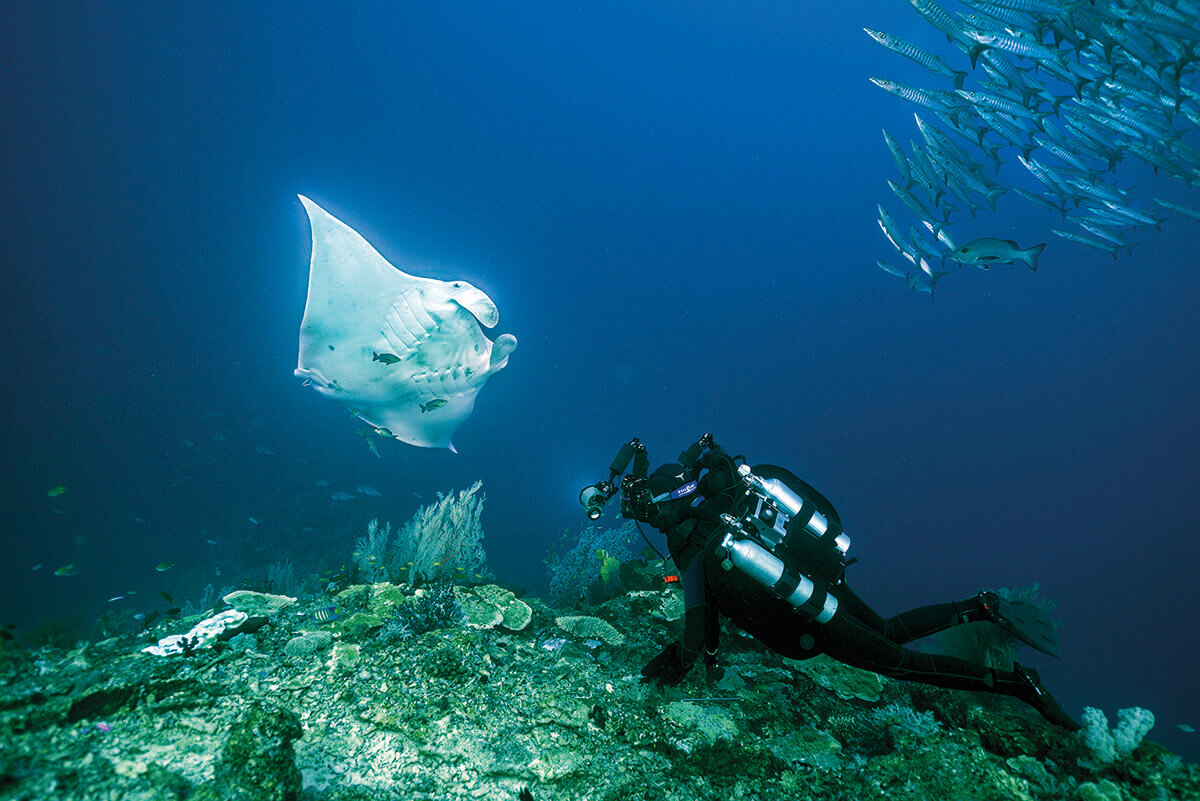
Maldives: Pelagic Encounters and Atoll Diving
The Maldives is known for its crystal-clear waters and large pelagic species, including manta rays, whale sharks, and numerous species of sharks. Hanifaru Bay, in particular, is famous for snorkeling with manta rays and whale sharks.
Although the coral reefs here are not as vibrant as those in other destinations, the abundance of marine life makes the Maldives an exceptional destination for divers seeking big animal encounters.

Cocos Island, Costa Rica: Hammerhead Mecca
Cocos Island is one of the most coveted dive destinations for shark enthusiasts, particularly for those hoping to encounter schooling hammerhead sharks.
Its rocky bottom, devoid of vibrant coral reefs, is balanced by an abundance of pelagic creatures such as manta rays, tuna, and white-tip sharks.
Cocos Island is a UNESCO World Heritage Site and a marine protected area, making it a prime example of conservation efforts supporting world-class diving.
Great Barrier Reef, Australia: A Natural Wonder Under Pressure
The Great Barrier Reef, one of the largest living structures on Earth, offers unparalleled diving opportunities.
From the Ribbon Reefs to the SS Yongala wreck, there’s something for every diver, from beginners to advanced.
While the reef’s health is threatened by climate change and pollution, significant conservation efforts are in place, including the Great Barrier Reef Marine Park and various initiatives aimed at restoring coral ecosystems.
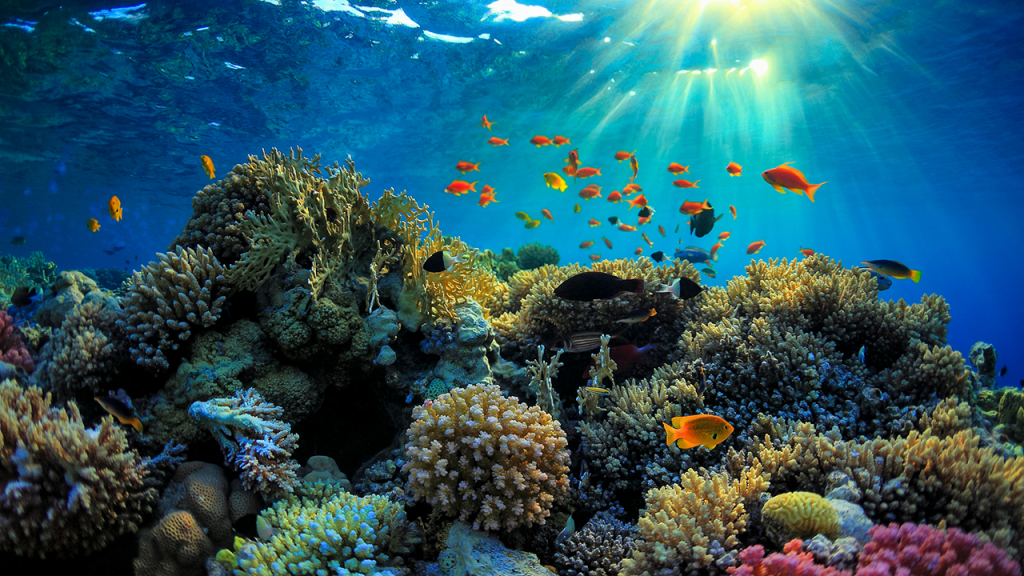
Conclusion
Diving is more than just an activity—it’s an adventure that connects you to the planet's most stunning and mysterious ecosystems.
Whether you’re exploring the bustling reefs of Indonesia, swimming with sharks in the Maldives, or delving into the wrecks of Chuuk Lagoon, each dive offers a unique and thrilling experience.
However, the best dive sites are not only defined by their breathtaking beauty but also by their commitment to conservation and environmental sustainability.
As divers, we must continue to advocate for responsible tourism practices to preserve these underwater treasures.
The world’s most extraordinary dive destinations are fragile, and their future depends on our collective efforts to protect the marine environments that make them so extraordinary.
As you plan your next diving adventure, consider not only the thrill of the dive but also the legacy you’ll leave by supporting sustainable, eco-friendly dive destinations.
FAQs
Q: What should I consider when choosing a dive destination?
When selecting a dive destination, consider your skill level, the type of marine life you wish to see, the water conditions, and whether the site aligns with your environmental values. Some sites are better suited for beginners, while others require advanced diving skills due to strong currents or deeper depths.
Q: Is it safe to dive with large pelagic species like sharks and manta rays?
Diving with large pelagic species can be safe, but it requires experience and respect for the animals. Always dive with a reputable guide and follow safety protocols. Most dive operators have experienced guides who ensure that interactions with these majestic creatures are safe and respectful.
Q: How can I help protect the marine environments I visit?
By supporting eco-friendly dive operations, adhering to local conservation regulations, and minimizing your impact on marine life, you can help preserve these underwater environments. Consider paying conservation fees where applicable and participating in coral restoration or marine conservation initiatives.
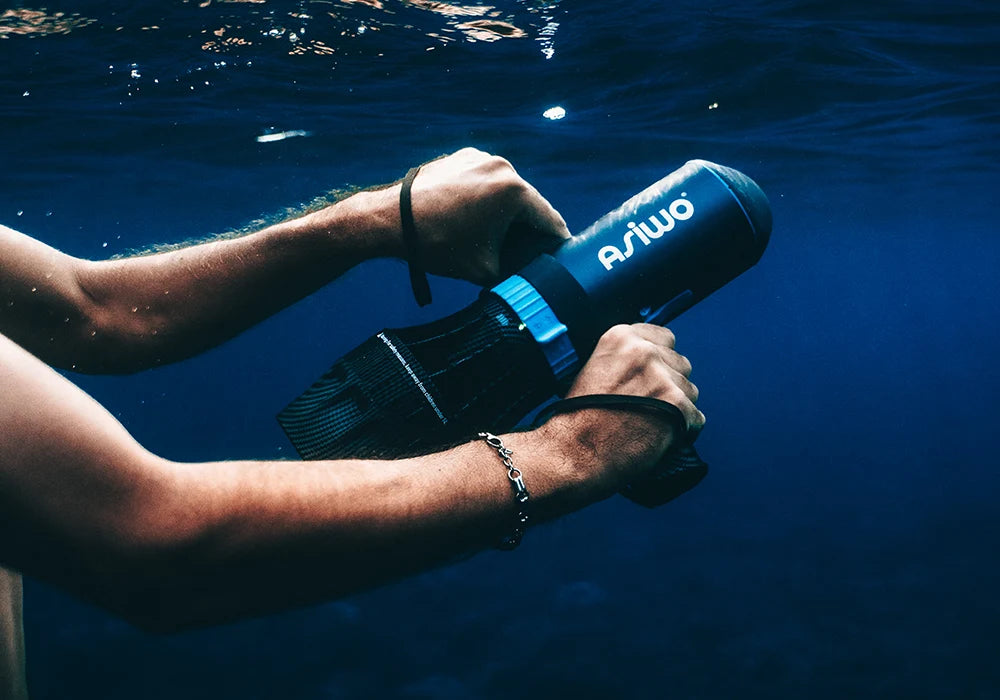










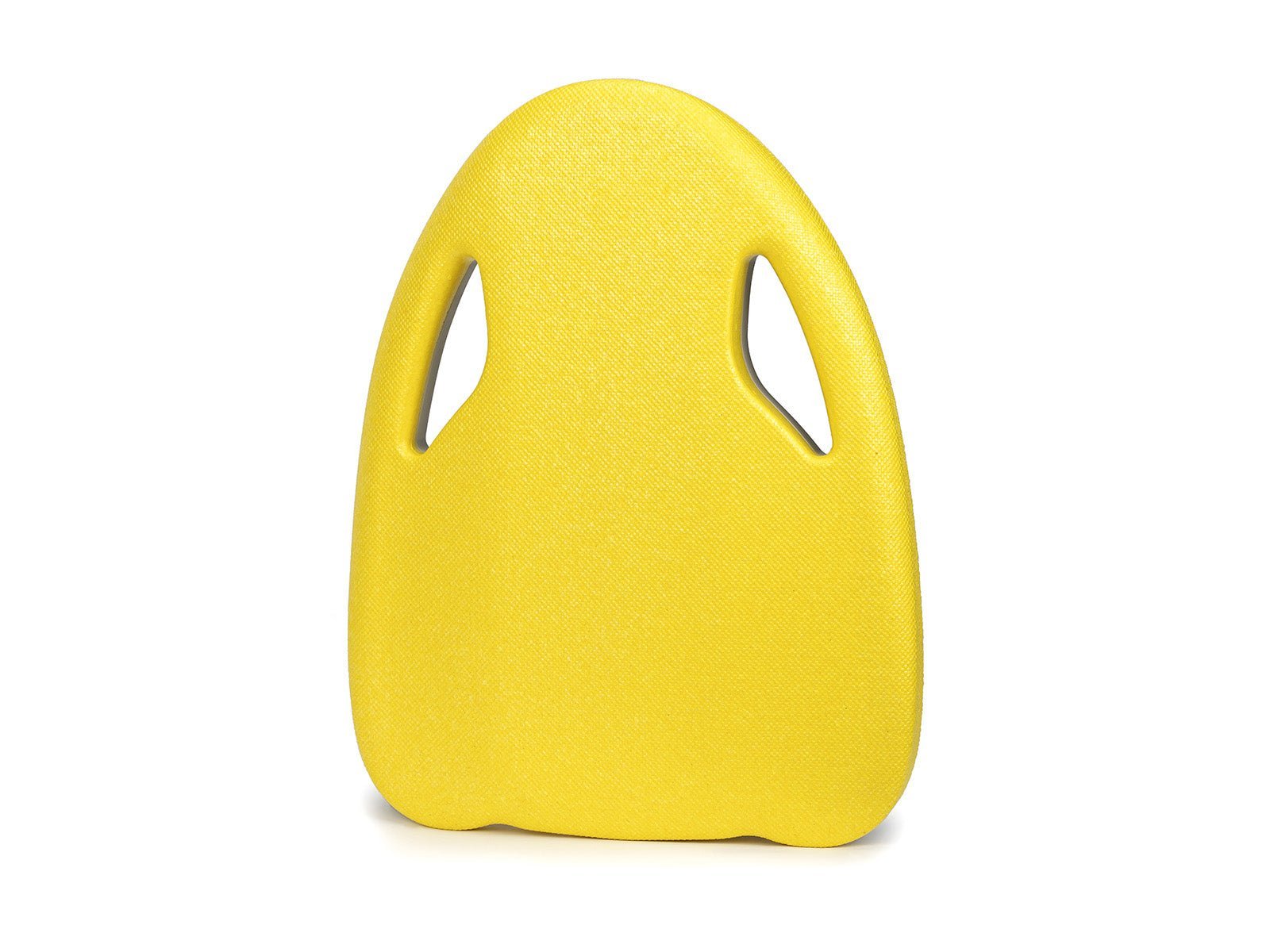

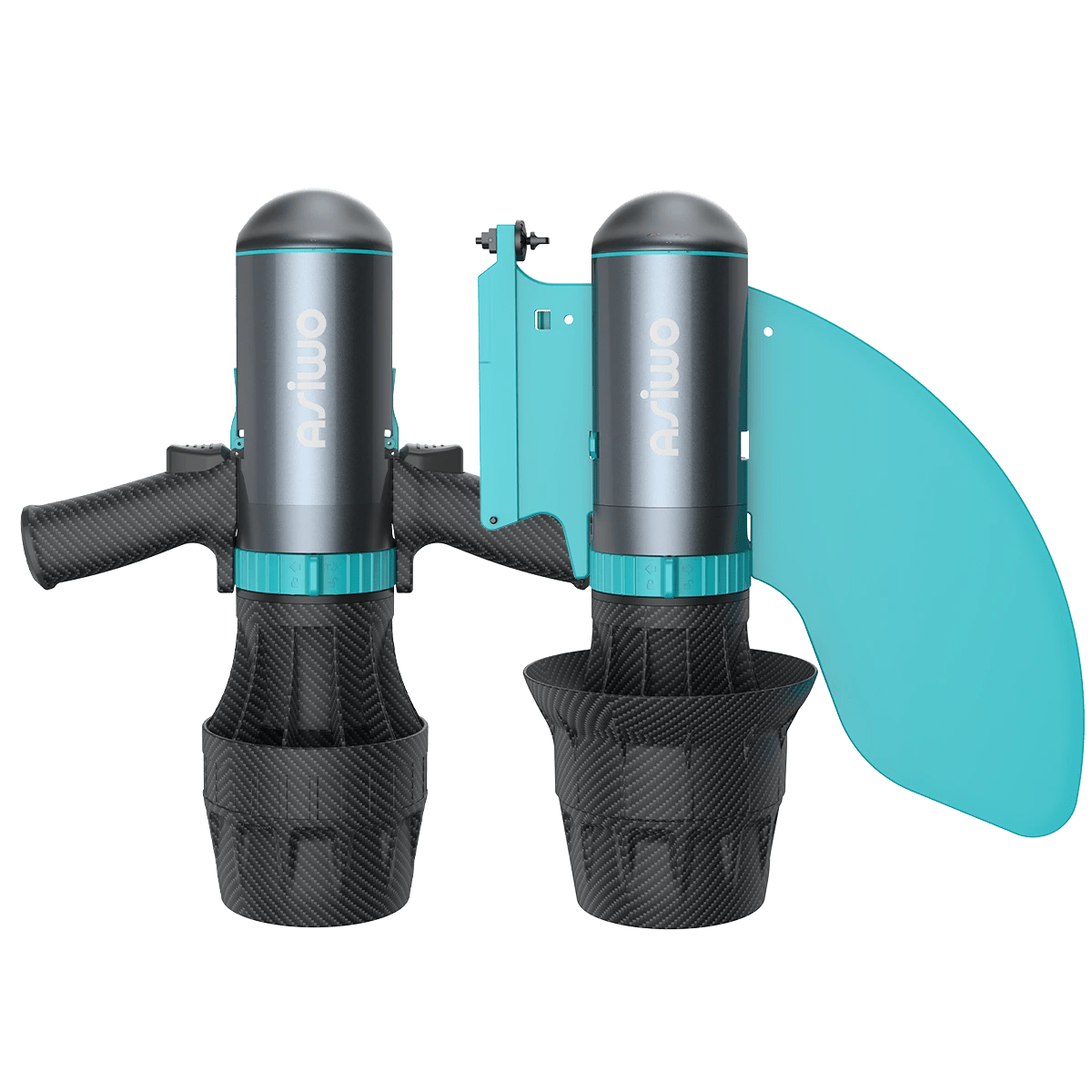




Laissez un commentaire